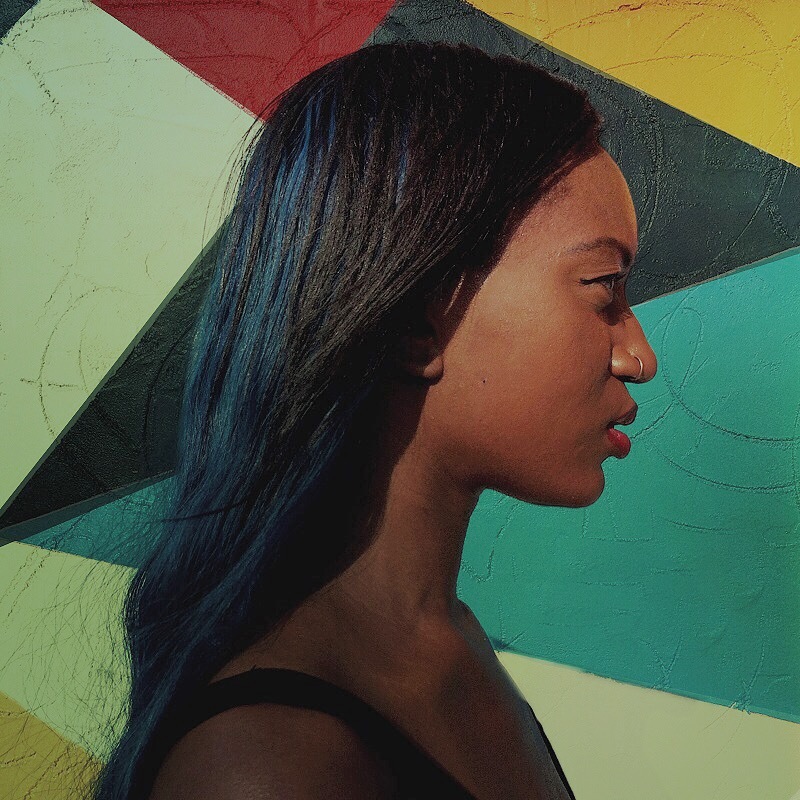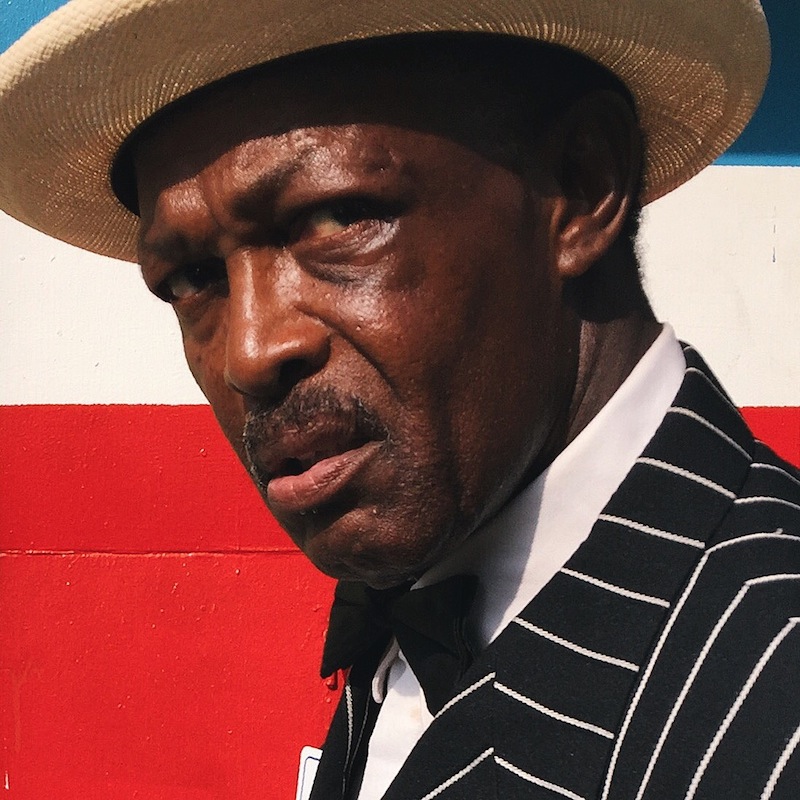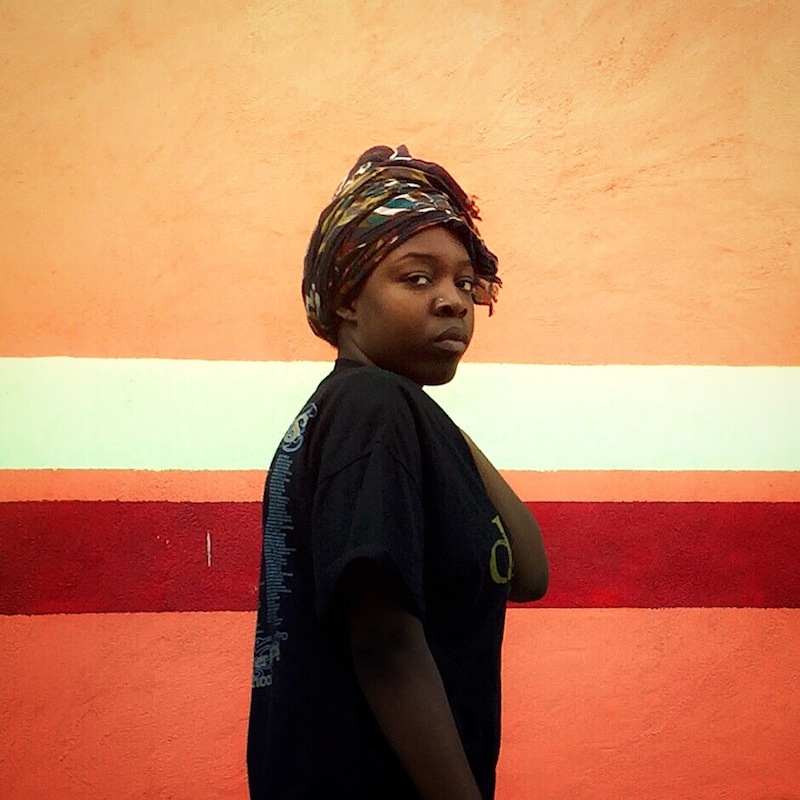Selected Works: Shawn Theodore














One of the beauty of Instagram is that it is opening up talent that doesn’t necessarily emerge from the traditional photography world. Take 44 year-old American Shawn Theodore aka @_xst, for example.
Shawn is currently employed as brand manager of a cosmetics company and has been shooting since 2008 mostly as an amateur – with his phone, Shawn takes fantastic pictures of black people walking in the streets, often enveloped in shadows, to tell the story of the vanishing African American neighborhoods.
Being these mobile shots for the most part, the image quality is not exceptional. But we believe that true creativity and originality are more interesting than aesthetic perfection, so we’re 100% supportive of Shawn’s work and hope he will continue to feed his amazing Instagram page (by the way, we’re on Instagram too!).
Hello Shawn, thank you for this interview. Are you an amateur or a professional photographer? What is your job?
At this point in life I would call myself a budding professional. I’ve been working within street photography since 2008, and although I’ve done a few commercial jobs and I’ve had some other great opportunities, I’m not a full time photographer yet – but I am working to change that. My current job is Chief Technology Officer and Brand Manager for a natural cosmetics company called Oyin Handmade based in Baltimore, MD. It’s a great career for a very interesting company, and they’ve been supportive while I chase my passion for photography.
Your Instagram page description reads “Scattered moments and observations as seen across a vanishing landscape of African American neighborhoods”. Can you expand a bit on your intent in keeping this page?
My photography is a personal journey through neighborhoods, familiar and unfamiliar, local and distant, witnessing and recording the subjects I encounter as existential actors connected by certain, but often unseen circumstances. Each moment, every portrait and candid is a soliloquy held within the broader story of a race of people who are living in a shrinking landscape. What I mean by that is that racially homogenous neighborhoods and their respective cultures are on the cusp of vanishing in America due to economics, gentrification, urban decay and migration. However in that, I see beauty in every place I go. I see hope and joy, and I find these things in multitudes.
I’ve been fortunate to have travelled frequently enough to witness a common visual language that exists in all African American neighborhoods. What I’ve seen and recorded thus far connects to my soul, my memories. Seeing kids draw in chalk on the sidewalks, older folks tending to the traditions of Sundays, teens reviving trends from a generation ago, or gentlemen of leisure strutting about in their finest clothes. My desire is to capture moments like these to match those in my memory, and then share with my audience this recontextualized memory as an ongoing narrative of our time.
Where do you usually take your photos?
I usually shoot in my hometown of Philadelphia, in and around the neighborhoods of West Baltimore where I work, and in New York City, where a large majority of my friends and peers live. In any city I visit, I try to find the black neighborhoods to go and explore, make connections, and get a feel for the vibe in the neighborhood. When I post the photos I have, I don’t like to geotag or use the location feature: my goal is to show commonality, and I think adding locations takes away from that.
A typical photo from your feed features a black man or woman portrayed against colorful walls, most of the time plunged into shadows. Why do you favor this mode of representation?
When I approach a subject, most of the time I’m thinking and feeling the same set of thoughts: I want to express the kinship I have with my race and all that we’ve been through – good, bad and beautiful.
 Aspiration by Aaron Douglas
Aspiration by Aaron Douglas
My initial photographic methodology came about after studying the novel Invisible Man by Ralph Ellison; however, visually I had always been inspired by the artwork of Aaron Douglas [an African-American painter]. With that in mind, I imagine what my subject’s life could be like if he or she was a passing character in a story or a face in a painting. So I try my best to isolate that person in my frame and capture a moment that is mysterious, magical and meaningful. In the end, I want the viewer to experience a shift in their opinion about who their neighbors are. We are not far off third world strangers; we are the same, equally as flawed and beautiful as those they see in the mirror or in their own families.
Are you also influenced by fashion photography?
I am, I love the work of Herb Ritts, Helmut Newton, Thierry LeGoués, and Viviane Sassen. I think the connection between them all is their passion for the human form in motion or in natural stillness. I have many of their books, and I study how they’ve all expressed themselves through various forms.
When did you start up your Instagram feed, and do you shoot all the images on your phone or do you also use a “regular” camera?
I started my Instagram account in July, 2011, it’s changed a lot since then. When I started I really didn’t have the same focus I do now. When I go out to shoot I use my iPhone 6, and I also take with me a small point and shoot and my two Canons. Depending on how I feel I may also take a film camera, a Pentax K-1000 or my old Konica.
What do you think are the benefits of shooting and sharing your work primarily with your phone?
The biggest benefit with shooting from a phone is the speed in which one can shoot, edit and post. Having a photo that you’ve just taken in the moment be a lighting rod for your audience is a thrill, and it’s a great way to get passive guidance or critique. I used to hurry in that way, but I have learned to slow down and tell my story within a pace that works for my schedule.
Choose your #threewordsforphotography.
Pride. Beauty. Love.
Keep looking...

FotoCal — Photography Awards, Grants and Open Calls Closing in July 2025

FotoCal — Photography Awards, Grants and Open Calls Closing in June 2025

FotoCal — Photography Awards, Grants and Open Calls Closing in May 2025

FotoCal — Photography Awards, Grants and Open Calls Closing in April 2025

FotoCal — Photography Awards, Grants and Open Calls Closing in March 2025

FotoCal — Photography Awards, Grants and Open Calls Closing in February 2025

FotoCal — Photography Awards, Grants and Open Calls Closing in January 2025




